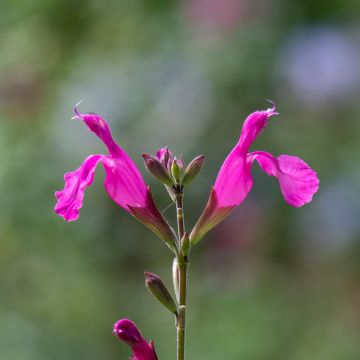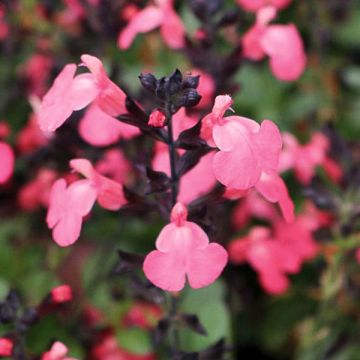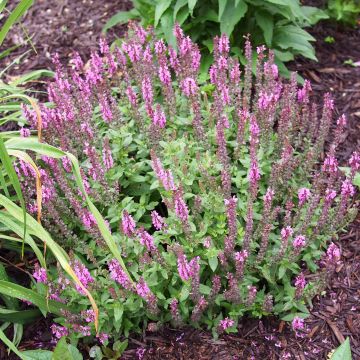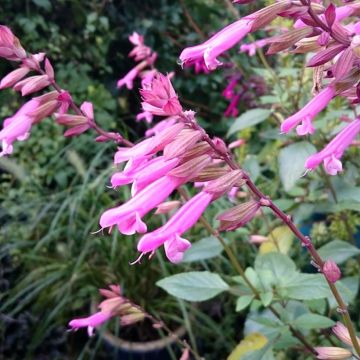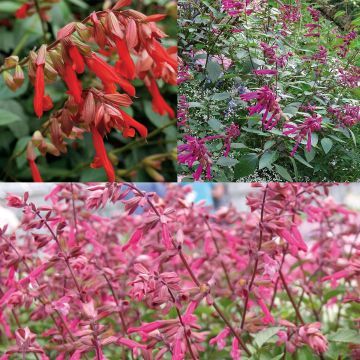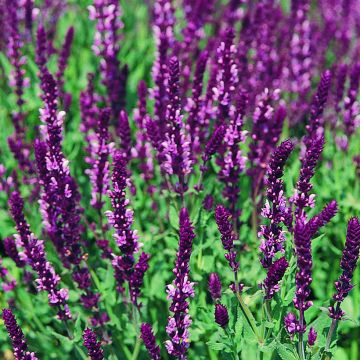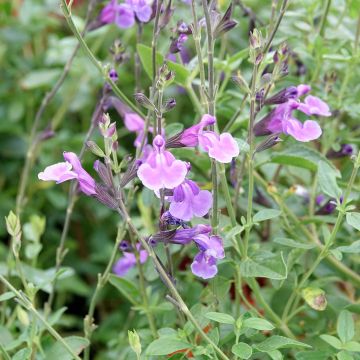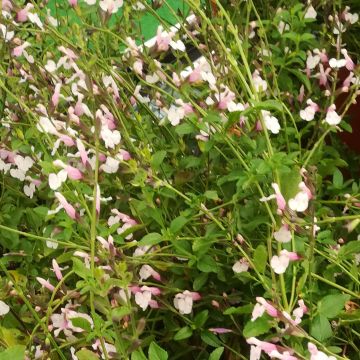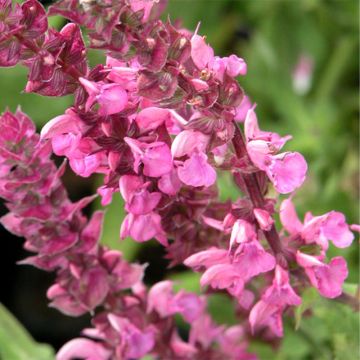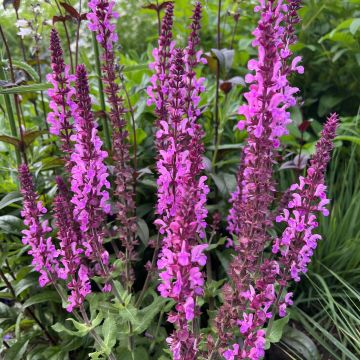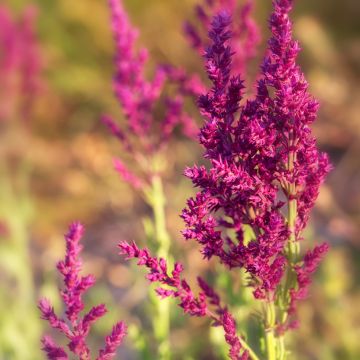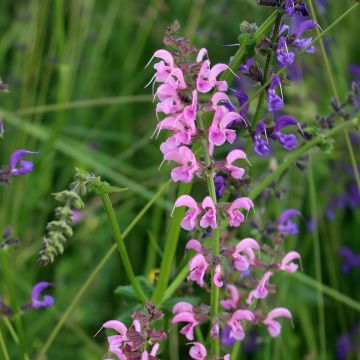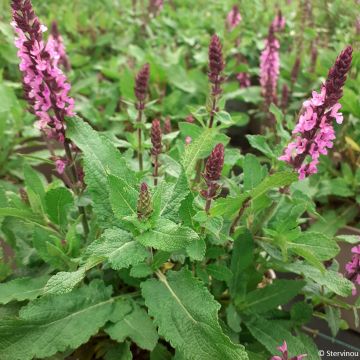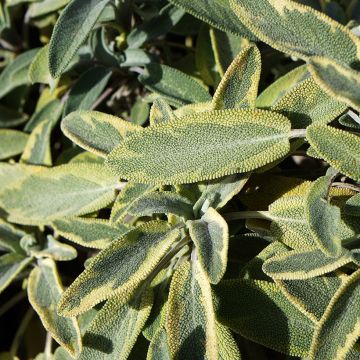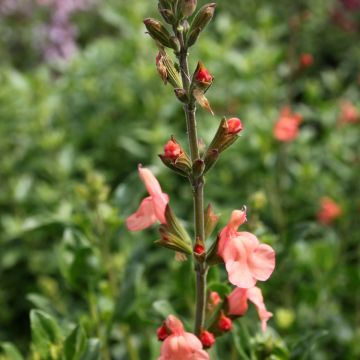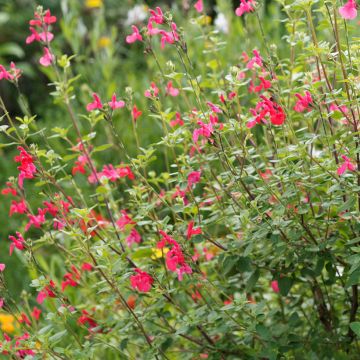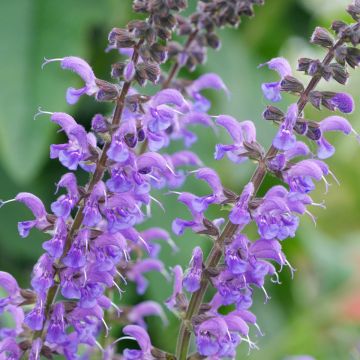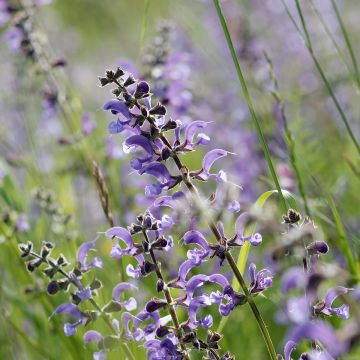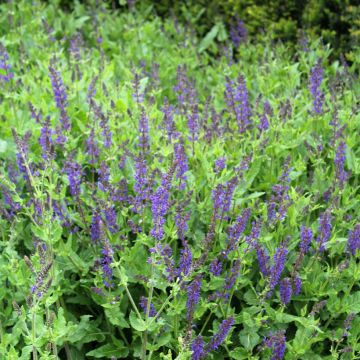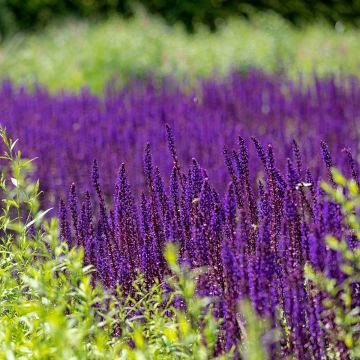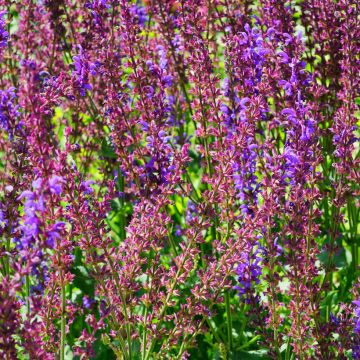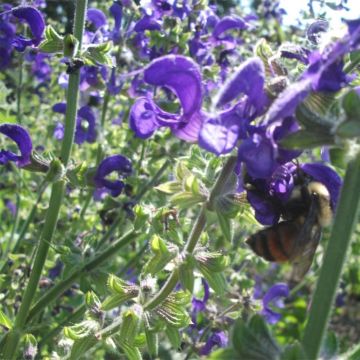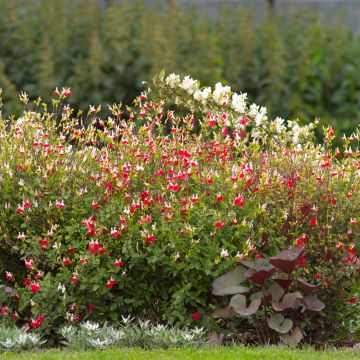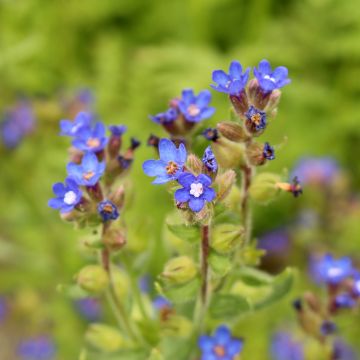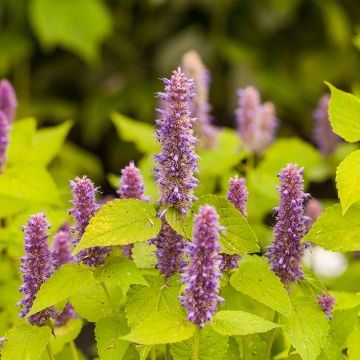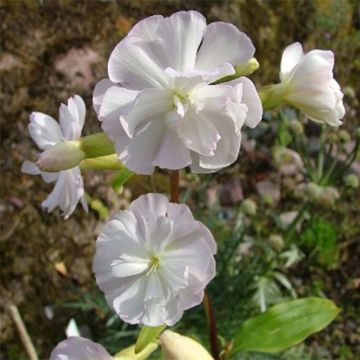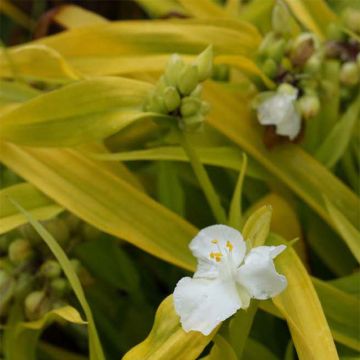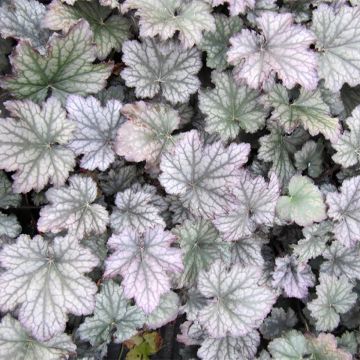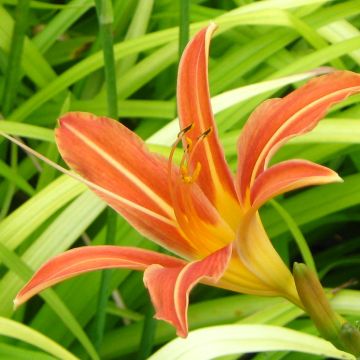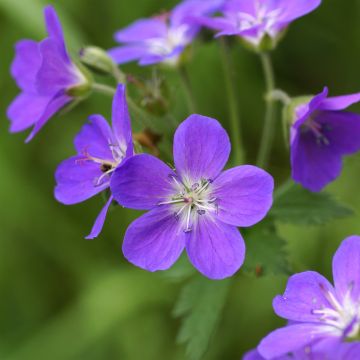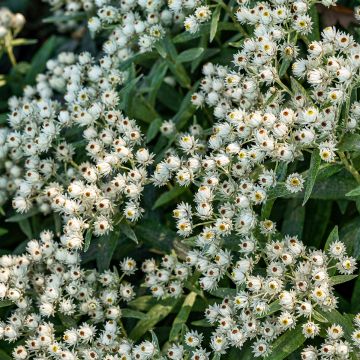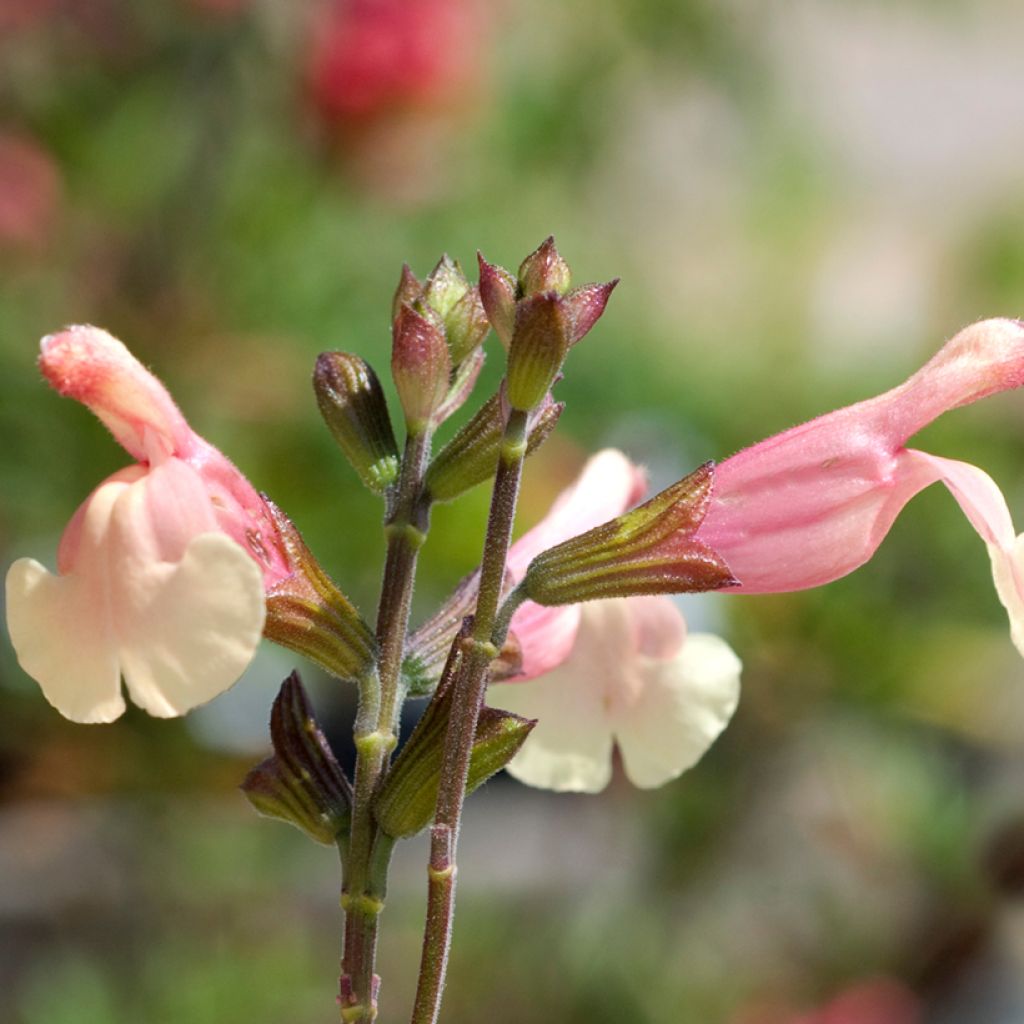

Salvia jamensis Sierra San Antonio
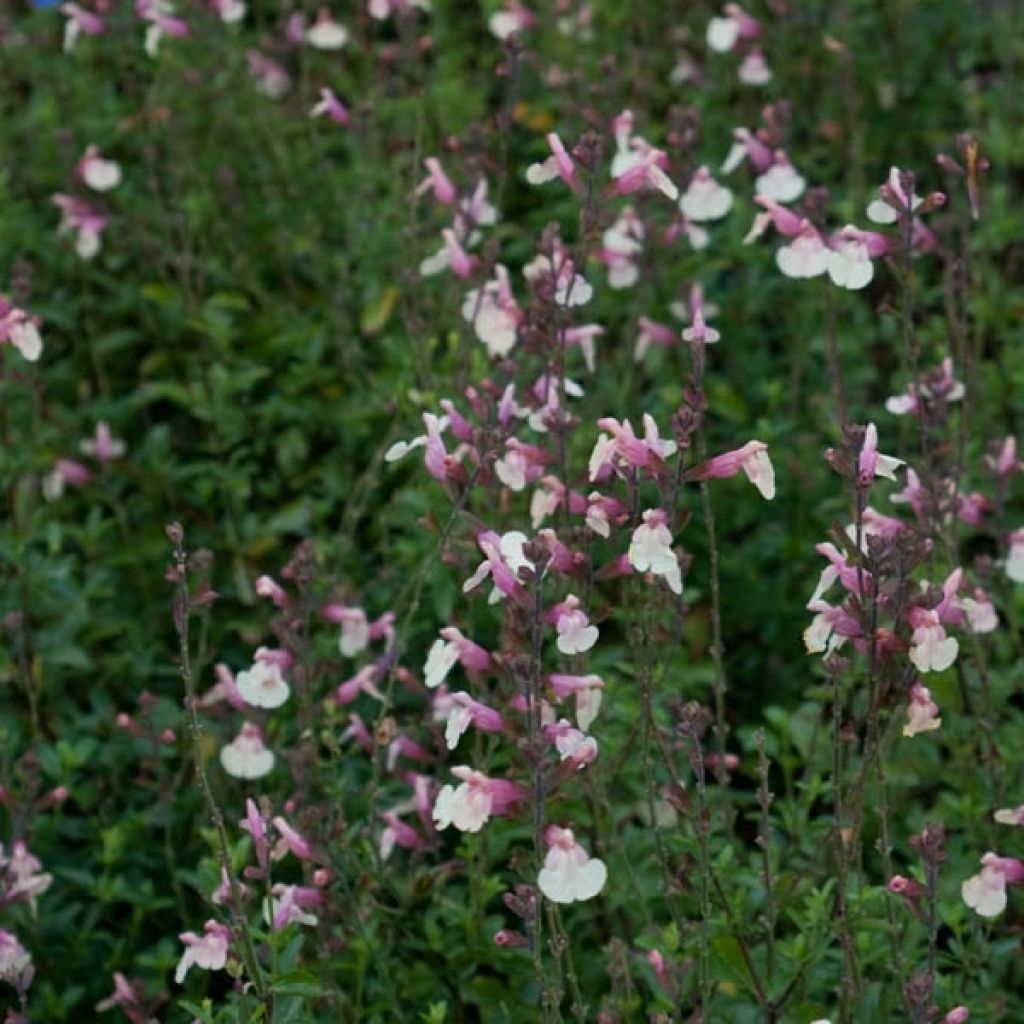

Salvia jamensis Sierra San Antonio
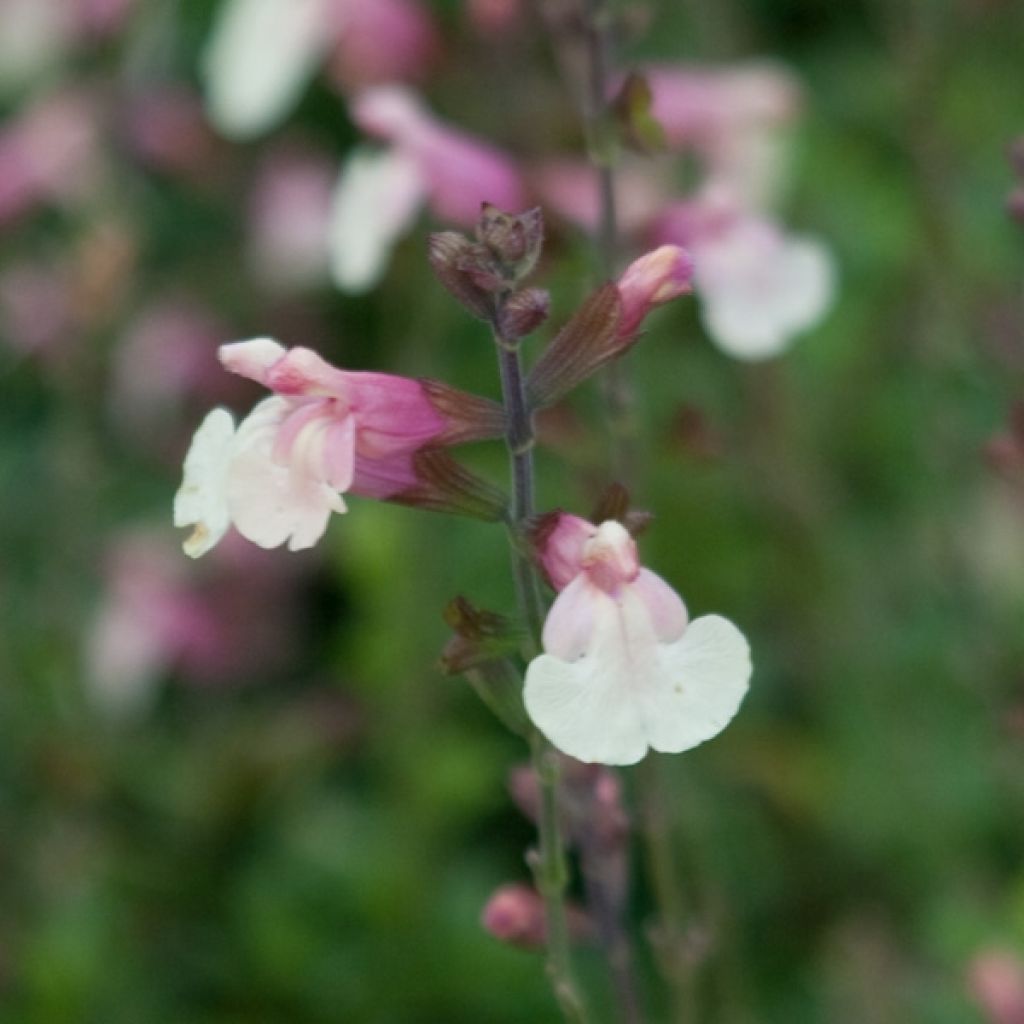

Salvia jamensis Sierra San Antonio
Salvia jamensis Sierra San Antonio
Salvia x jamensis Sierra San Antonio
Sage
The colour is more peach than the photo suggests. Beautiful young plant, flowering abundantly from the first season.
Emmanuelle, 17/06/2020
Why not try an alternative variety in stock?
View all →This plant carries a 12 months recovery warranty
More information
We guarantee the quality of our plants for a full growing cycle, and will replace at our expense any plant that fails to recover under normal climatic and planting conditions.
From €5.90 for pickup delivery and €6.90 for home delivery
Express home delivery from €8.90.
Delivery to Corse prohibited: UE law prohibits the import of this plant from mainland France to Corse as part of the fight against Xylella fastidiosa. Please accept our sincere apologies.
More information

Does this plant fit my garden?
Set up your Plantfit profile →
Description
Salvia jamensis Sierra San Antonio is a shrubby perennial with a compact habit and astonishing peachy salmon coloured flowers.
The abundant and early flowering occurs from July to November with tubular flowers, 2-3 cm (1in) long, peachy yellow, turning salmon as they fade. The flowering is carried by thin, upright brown stems.
At maturity, the Salvia Sierra San Antonio reaches a height of 60 cm, its foliage is fine and aromatic, semi-evergreen, and dark green.
This small shrub can withstand temperatures of -10°C or even lower in regions with dry winters, if grown in sunny and well-drained soil. Elsewhere, it can be grown against a south-facing wall or in a rock garden, in rich and well-drained soil with 1/3 gravel and 1/3 sand. It will be associated with small grasses, Stipa tenuifolia, Pennisetum alopecuroides 'Hameln', Carex comans 'Milk Chocolate', etc...
It looks stunning in pots and containers to decorate terraces and balconies, but it should be protected from frost by being kept in a dry and bright shelter during winter.
Salvia jamensis Sierra San Antonio in pictures
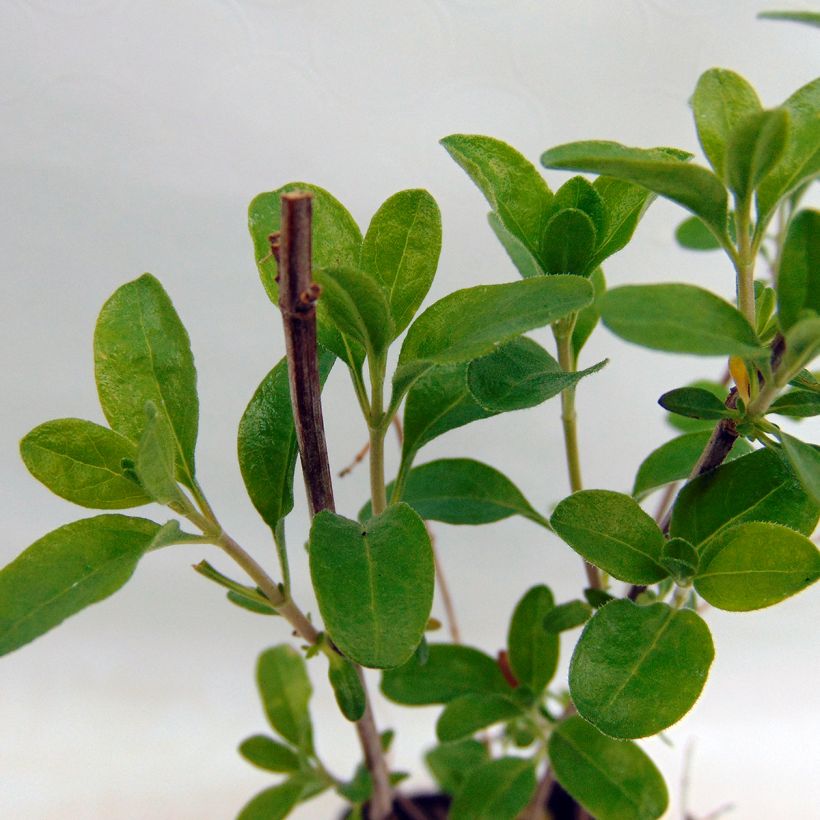

Flowering
Foliage
Plant habit
Botanical data
Salvia
x jamensis
Sierra San Antonio
Lamiaceae
Sage
Cultivar or hybrid
Other Salvia - Sage
Planting and care
Salvia jamensis Sierra San Antonio is best in a sunny location though it will tolerate morning shade. Plant in ordinary well-drained soil. The sage tolerates dry soils and is very drought-resistant once well-established. Mulch its base during harsh winters as it is sensitive to winter moisture. At planting, provide it with a base fertilizer. Water normally as it should not lack water. After heavy winter frosts in March, prune it by half, to 30-40 cm (1 to 12in).
Planting period
Intended location
Care
Summer flowering perennials
Haven't found what you were looking for?
Hardiness is the lowest winter temperature a plant can endure without suffering serious damage or even dying. However, hardiness is affected by location (a sheltered area, such as a patio), protection (winter cover) and soil type (hardiness is improved by well-drained soil).

Photo Sharing Terms & Conditions
In order to encourage gardeners to interact and share their experiences, Promesse de fleurs offers various media enabling content to be uploaded onto its Site - in particular via the ‘Photo sharing’ module.
The User agrees to refrain from:
- Posting any content that is illegal, prejudicial, insulting, racist, inciteful to hatred, revisionist, contrary to public decency, that infringes on privacy or on the privacy rights of third parties, in particular the publicity rights of persons and goods, intellectual property rights, or the right to privacy.
- Submitting content on behalf of a third party;
- Impersonate the identity of a third party and/or publish any personal information about a third party;
In general, the User undertakes to refrain from any unethical behaviour.
All Content (in particular text, comments, files, images, photos, videos, creative works, etc.), which may be subject to property or intellectual property rights, image or other private rights, shall remain the property of the User, subject to the limited rights granted by the terms of the licence granted by Promesse de fleurs as stated below. Users are at liberty to publish or not to publish such Content on the Site, notably via the ‘Photo Sharing’ facility, and accept that this Content shall be made public and freely accessible, notably on the Internet.
Users further acknowledge, undertake to have ,and guarantee that they hold all necessary rights and permissions to publish such material on the Site, in particular with regard to the legislation in force pertaining to any privacy, property, intellectual property, image, or contractual rights, or rights of any other nature. By publishing such Content on the Site, Users acknowledge accepting full liability as publishers of the Content within the meaning of the law, and grant Promesse de fleurs, free of charge, an inclusive, worldwide licence for the said Content for the entire duration of its publication, including all reproduction, representation, up/downloading, displaying, performing, transmission, and storage rights.
Users also grant permission for their name to be linked to the Content and accept that this link may not always be made available.
By engaging in posting material, Users consent to their Content becoming automatically accessible on the Internet, in particular on other sites and/or blogs and/or web pages of the Promesse de fleurs site, including in particular social pages and the Promesse de fleurs catalogue.
Users may secure the removal of entrusted content free of charge by issuing a simple request via our contact form.

































